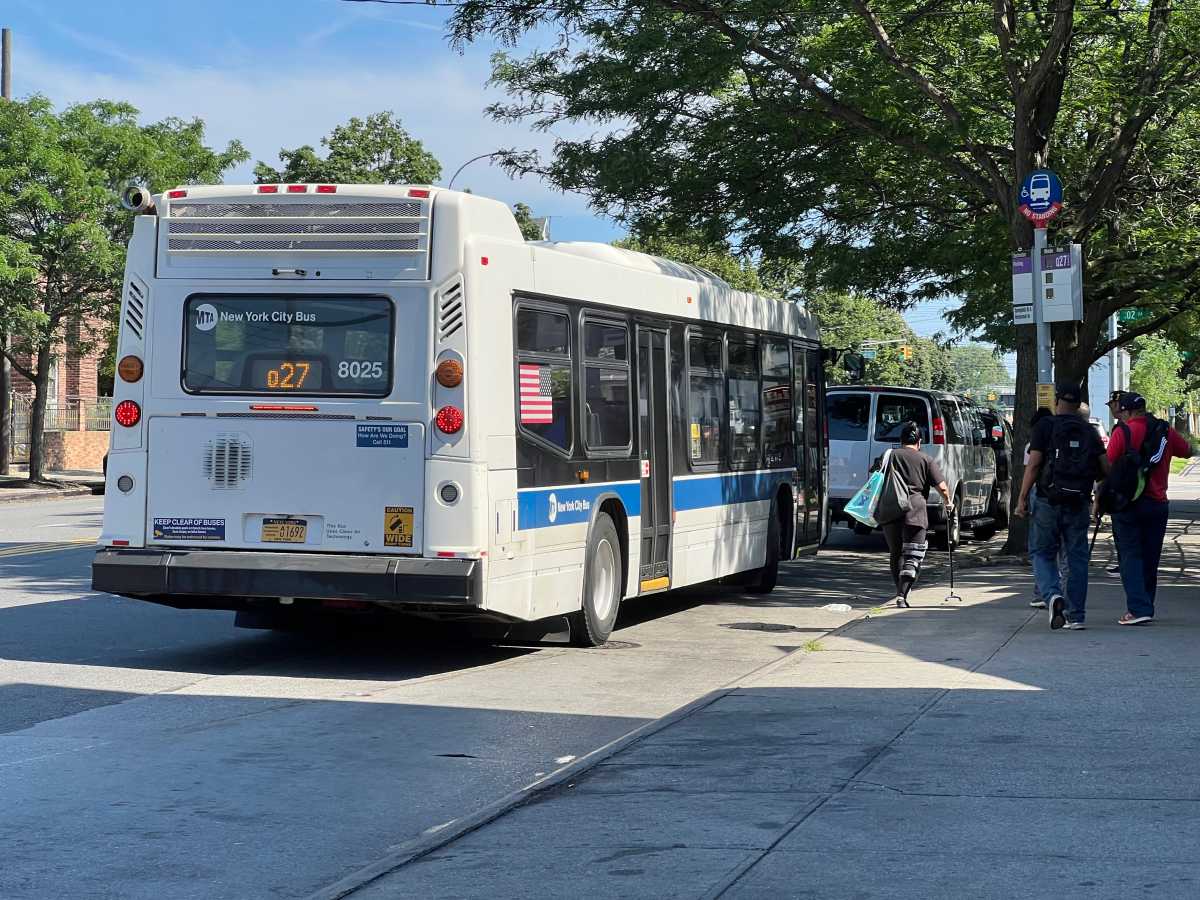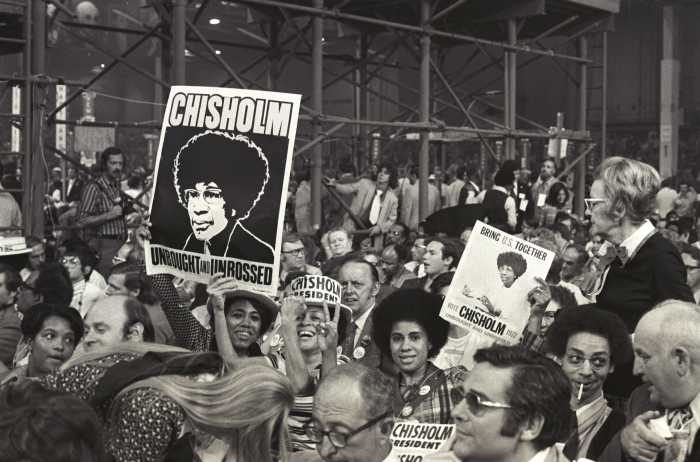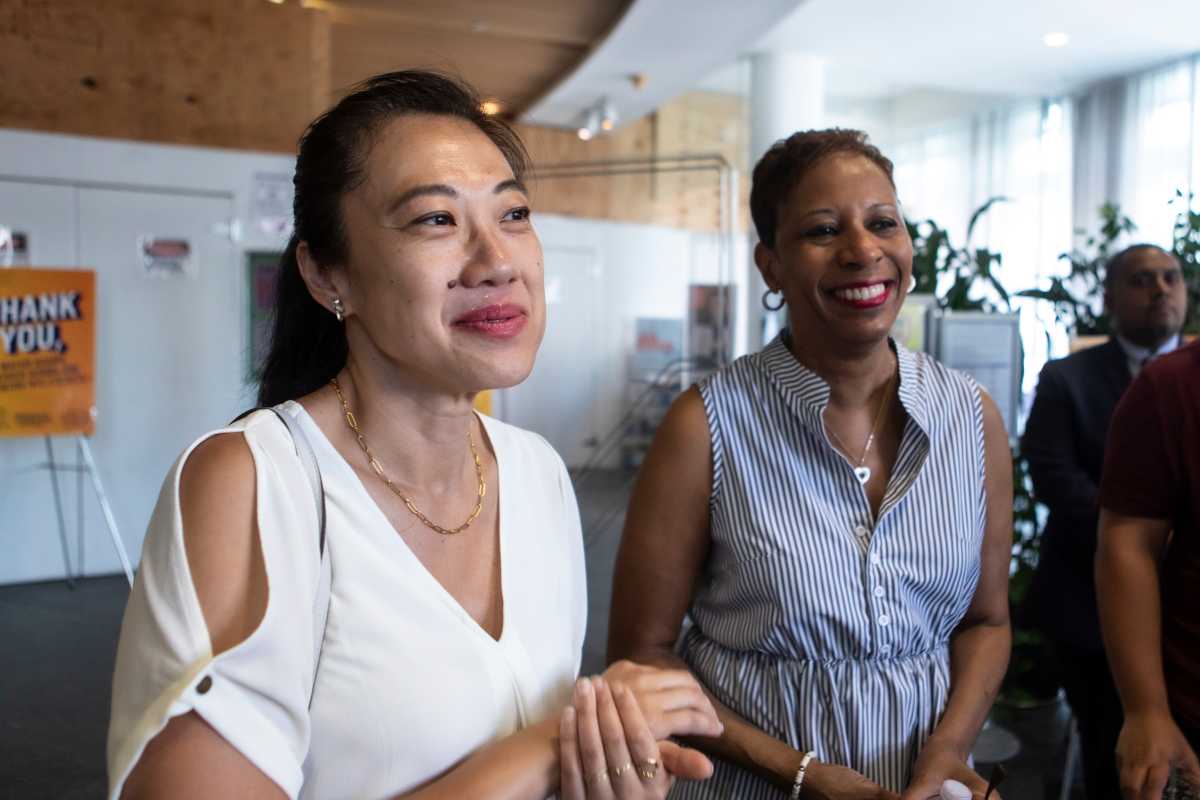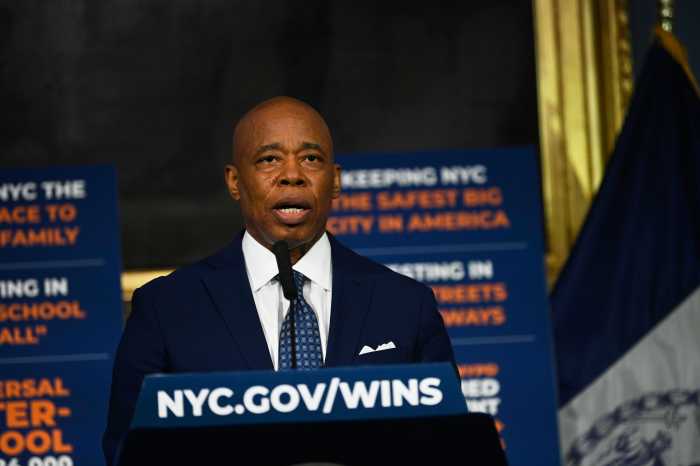
Chronic problems like bus bunching, subway car crowding and daily subway delays haven’t always garnered media attention, but have built up over years because of an infrastructure crisis, neglect and lack of funding that threaten the metro area’s basic functions.
For instance, the city’s Independent Budget Office found that NYC workers lose about $307 million annually because of transit delays.
Gov. Andrew Cuomo now asks for more money from city taxpayers for the MTA, but not from Long Island or Westchester County residents. The state, including legislators who represent areas on the Canadian border, controls the MTA. Do those lawmakers really care how long people wait for the R train?
Finger-pointing helps no one, but Albany bureaucrats seek favor with upstate voters by pitting NYC against the rest of the state. If the state wants more money to fix our subways, it should pay its fair share; with control comes responsibility. LIRR riders weren’t asked to share the financial burden during 2017’s “summer of hell” track work; in fact, they got discounts. The current NYC straphanger emergency should be treated no differently.
We’re exhausted by the state’s neglect of a system that generates more than $14 billion in annual revenue. In recent years, riders have suffered from the diversion of more than $456 million in transit funding to places like upstate ski resorts.
Lawmakers in Albany cannot end this session without guaranteed lockbox funding to rebuild the subways. As riders and outer-borough leaders, we’re open to congestion pricing in Manhattan as part of that solution. But if we charge everyone driving into Manhattan below 60th Street, what would commuters get in return? We need a clear revenue target to ensure that funds go to fix our subways, not projects beyond the five boroughs.
Our voices matter at the decision-making table, which means it’s time for every borough to have a permanent seat on the MTA board. There also cannot be taxation without representation. If the state wants to pursue new funding in the city, it will need the city’s engagement and approval.
Transit links are the veins and arteries of NYC. Those passageways are getting more and more clogged because of neglect. Without support from the state that controls them, the heart of this city might give out.
Eric L. Adams is the borough president of Brooklyn. Justin Brannan represents the borough’s 43rd District in the City Council.





































